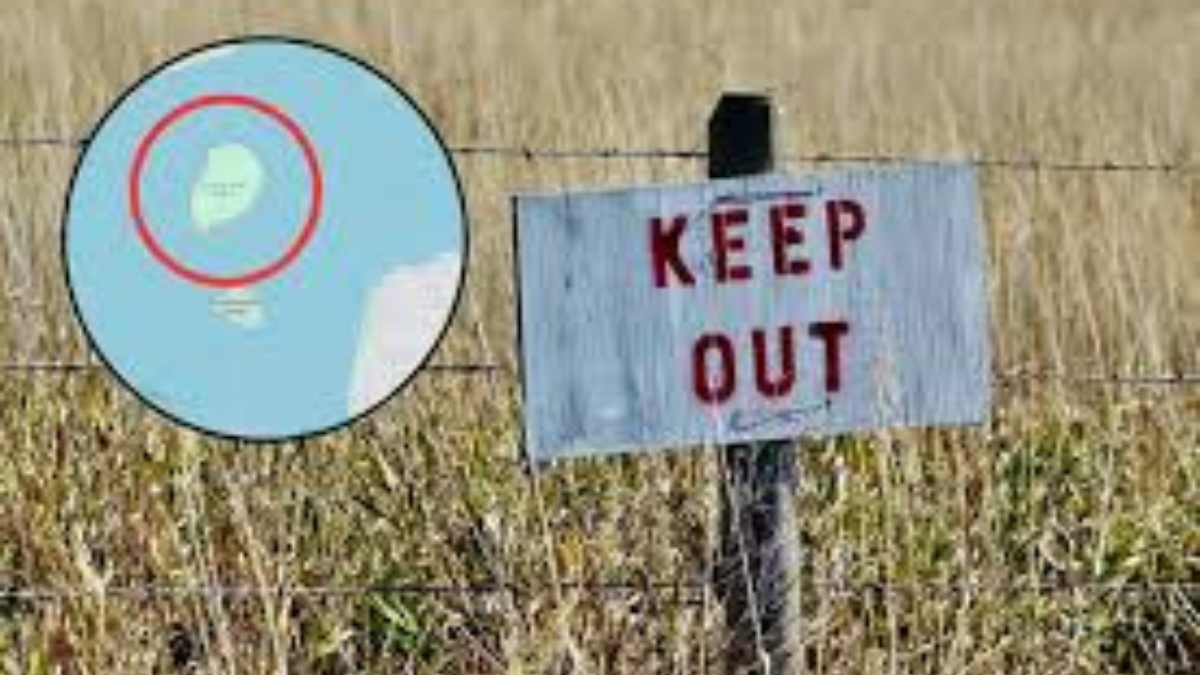New York City is known for its bustling streets, iconic landmarks, and vibrant culture, but few people are aware of the eerie history of Hart Island, a place often referred to as New York’s “Forbidden Island.” Located off the Bronx’s eastern shore, this island has a dark past rooted in death and disease, serving as the city’s potter’s field—a burial site for the unclaimed and indigent. With limited public access and a somber reputation, Hart Island remains one of the city’s most mysterious and haunting locations.
A Cemetery for the Forgotten
Hart Island has served as a mass burial ground since 1869, with over one million people laid to rest there. Managed by the New York City Department of Correction until recently, the island became a resting place for individuals who died without family members to claim them or without the financial means for a proper burial. From stillborn babies to homeless individuals, the graves on Hart Island hold the stories of countless lives that ended in solitude.
Burials on the island are carried out in mass graves. Rows of simple pine boxes are stacked and buried without markers, making it one of the largest cemeteries in the United States. The unmarked graves reflect the anonymity of many who rest there, adding to the island’s haunting reputation.
Disease and Quarantine
Hart Island’s dark history extends beyond its role as a cemetery. In the late 19th and early 20th centuries, the island was used to quarantine individuals suffering from contagious diseases. Smallpox, tuberculosis, and other infectious illnesses led to many deaths on the island. It also served as the location of a workhouse, a psychiatric hospital, and a prison over the years, further cementing its grim legacy.
The island’s association with disease resurfaced during the COVID-19 pandemic. In 2020, as the virus overwhelmed hospitals and morgues, Hart Island was once again used for mass burials. Images of workers in protective suits burying rows of caskets brought renewed attention to this often-overlooked piece of New York City’s history.
Restricted Access and Mystery
For decades, Hart Island was off-limits to the general public. Managed by the Department of Correction, the island’s use of inmate labor for burials added a layer of secrecy. Family members of those buried on the island faced challenges in visiting the site, further contributing to its reputation as a “forbidden” place.
In recent years, advocacy groups like the Hart Island Project have worked to shed light on the island’s history and improve access for families. The transfer of management from the Department of Correction to the Parks Department in 2021 marked a significant step in making the island more accessible. Guided tours and memorials now allow visitors to honor the dead and learn about the island’s past.
Cultural Significance
Hart Island has inspired artists, writers, and filmmakers, who have drawn on its eerie atmosphere and tragic history. It has been featured in documentaries, novels, and even TV shows, often portrayed as a symbol of societal neglect and forgotten lives.
Despite its grim history, Hart Island also serves as a reminder of the importance of community and humanity. Efforts to memorialize the dead and document their stories highlight the need for compassion and remembrance, even for those who died in obscurity.
The Future of Hart Island
As Hart Island becomes more accessible to the public, there is hope that its history will be better preserved and understood. Plans for a public park and memorial space aim to transform the island into a place of reflection and remembrance. While its dark past cannot be erased, the future of Hart Island holds the promise of healing and acknowledgment for the lives buried there.
For more information on Hart Island and its history, visit The Hart Island Project.
Disclaimer – Our team has carefully fact-checked this article to make sure it’s accurate and free from any misinformation. We’re dedicated to keeping our content honest and reliable for our readers.








